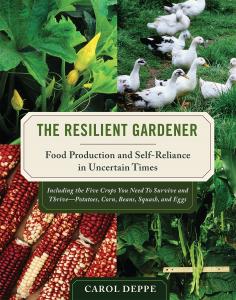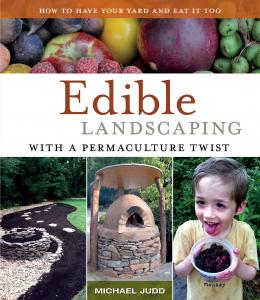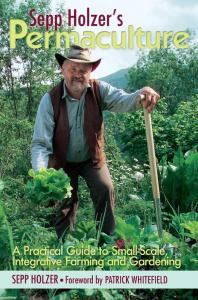Welcome to the “Garden Planning and Building” category, where you will find all the essential information and strategies to create and cultivate a thriving garden. This category is designed to guide you through the fundamental principles of garden planning and the innovative techniques that can enhance the sustainability and productivity of your garden spaces.
Embracing Permaculture Principles
Permaculture is a holistic approach to landscaping that integrates land, resources, people, and the environment through mutually beneficial synergies. It mimics no-waste, closed-loop systems in nature, characterized by careful planning, patterns, and thoughtful placement of elements. Core principles like “observe and interact,” “catch and store energy,” and “use and value diversity” are applied to garden layout and design to create self-sustaining ecosystems.
Lasagna Gardening Method
The Lasagna Gardening method, also known as sheet mulching, is a no-dig technique that simplifies the creation of fertile beds by layering organic materials like cardboard, leaves, grass clippings, and compost. This method minimizes weed growth and improves water retention, creating nutrient-rich soil layers that decompose over time. This method guides gardeners through the steps of setting up a lasagna garden, from planning layout to selecting materials and building the bed.
Designing Efficient Garden Layouts
Efficient garden layouts are crucial for maximizing productivity and ease of maintenance. This part of the category explores different garden design strategies, such as companion planting, crop rotation, and the integration of raised beds or container gardens to optimize space and resources. Whether you’re working with a sprawling backyard or a small urban balcony, this section will offer practical tips and layouts that cater to your specific environmental conditions and gardening goals.
Building and Using Raised Beds
Raised beds are a popular choice for gardeners seeking improved soil conditions and reduced strain. They offer better drainage and soil aeration, and can be customized to suit plant needs. Building raised beds from scratch is easy, and the best materials for durability and sustainability are discussed.
Garden planning is crucial for creating a productive and sustainable garden. By incorporating principles and methods, you can create a garden that balances with natural ecosystems, ensuring a harmonious and enjoyable experience. By incorporating efficiency and sustainability, you can transform your garden into a model of efficiency.
Recent Gardening Design Posts

How to Build a Garden Bed

Understanding Permaculture Design Key Elements And Considerations

Creating a Garden the Heirloom Way

Successful Gardening in a Small Space




